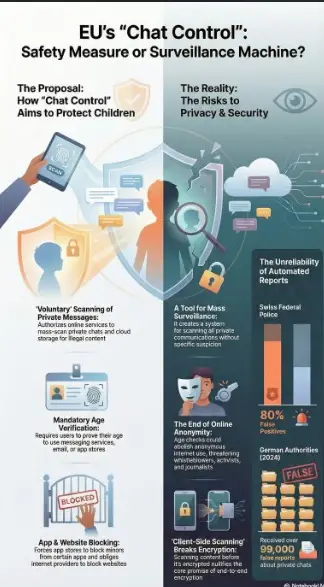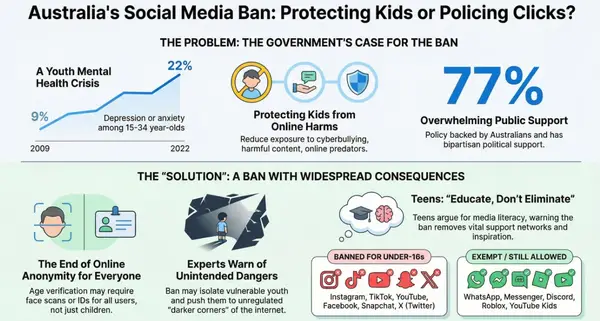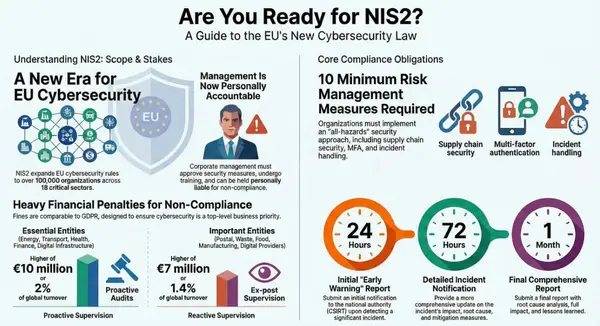EU Data Act 2025: The Complete Compliance Guide for September 12 Implementation

Your essential roadmap to navigating the most significant data regulation since GDPR
Executive Summary
On September 12, 2025, the European Union Data Act officially takes effect, fundamentally reshaping how organizations handle data generated by connected devices and digital services. Unlike GDPR's focus on personal data protection, the Data Act addresses the broader challenge of data control, access, and portability in our increasingly interconnected digital ecosystem.
This legislation impacts any organization that manufactures IoT devices, provides digital services, or processes data generated by connected products within the EU market. The Act introduces revolutionary concepts around data fairness, user empowerment, and cross-border data governance that will require immediate compliance adjustments and long-term strategic planning.
Key Compliance Deadlines:
- September 12, 2025: Core Data Act provisions take effect
- September 12, 2026: Enhanced interoperability requirements for cloud services
- September 12, 2027: Full implementation of data portability standards
Organizations have just days to ensure basic compliance, making this guide essential for legal, compliance, and technology teams preparing for implementation.
Understanding the Data Act: Beyond Personal Data Protection
The Regulatory Gap the Data Act Fills
While GDPR revolutionized personal data protection, it left significant gaps in regulating the vast amounts of non-personal data generated by connected devices, industrial systems, and digital services. The Data Act addresses this by creating comprehensive rules for:
- Machine-generated data from IoT devices and sensors
- Industrial data from manufacturing and logistics systems
- Vehicle telematics and autonomous driving data
- Smart city infrastructure data
- Digital platform operational data
This represents a fundamental shift from protecting individuals to ensuring fair access and competition in the data economy.
Core Principles and Objectives
The Data Act is built on four foundational principles:
- Data Fairness: Users should have control over data generated by products they own or services they use
- Economic Balance: Preventing data monopolization while encouraging innovation
- Portability and Interoperability: Enabling data movement between platforms and services
- Strategic Autonomy: Protecting EU data from inappropriate foreign access
These principles translate into concrete obligations that organizations must implement to remain compliant.

Who Must Comply: Scope and Applicability
Covered Entities and Activities
The Data Act applies to a broad range of organizations and activities:
Primary Obligated Parties:
- Connected Device Manufacturers
- IoT device producers (smart home, wearables, industrial sensors)
- Automotive manufacturers with connected vehicles
- Medical device companies with data-generating products
- Smart appliance manufacturers
- Digital Service Providers
- Cloud computing platforms
- Software-as-a-Service (SaaS) providers
- Platform-as-a-Service (PaaS) offerings
- Data processing services
- Data Holders
- Organizations controlling or storing user-generated data
- Industrial data aggregators
- Digital platform operators
- Third-party data processors
Geographic Scope: The Data Act applies to organizations regardless of their location if they:
- Offer products or services to users in the EU
- Process data generated by devices or services used in the EU
- Provide data processing services to EU-based organizations
Exemptions and Special Cases
Certain activities remain outside the Data Act's scope:
- Personal data already covered by GDPR (though overlap may occur)
- Trade secrets and confidential business information
- Intellectual property rights (with specific limitations)
- Data processed for national security purposes
Core Compliance Obligations
1. User Data Access Rights
Immediate Implementation Required (September 12, 2025):
Organizations must provide users with comprehensive access to data generated by their devices or through their service usage. This includes:
Technical Requirements:
- Data must be accessible in a "structured, commonly used, and machine-readable format"
- Access must be provided "without undue delay" and free of charge
- Users can request access up to twice per year without justification
Practical Implementation:
- Develop user-facing dashboards or APIs for data access
- Implement authentication systems to verify user identity
- Create standardized data export formats
- Establish customer service procedures for access requests
Example Scenario: A smart thermostat manufacturer must provide homeowners with access to all temperature data, usage patterns, and device performance metrics collected by their devices.








